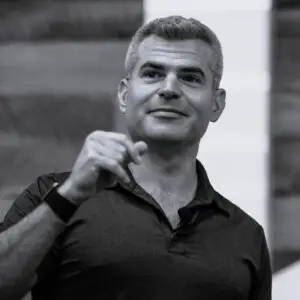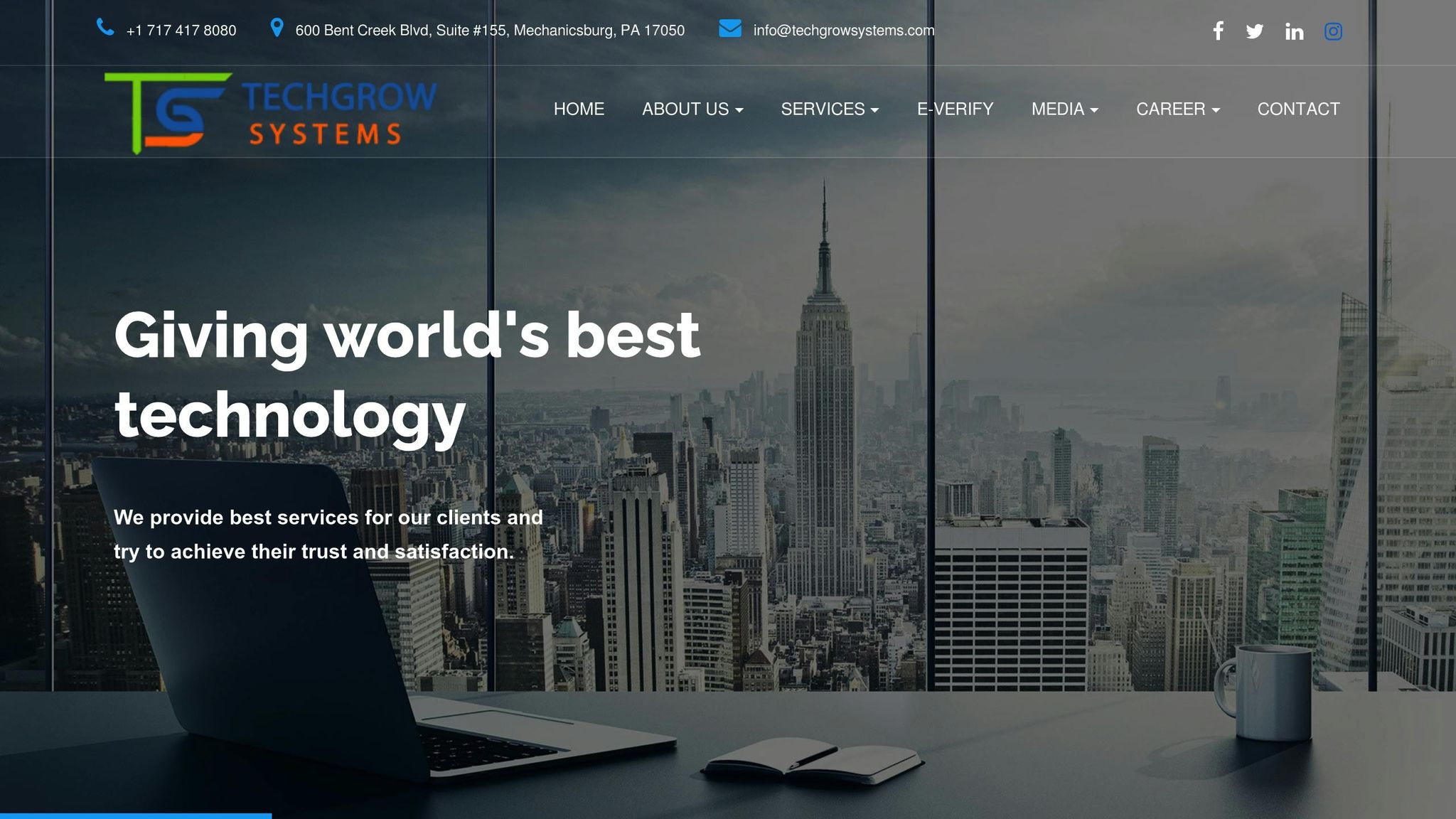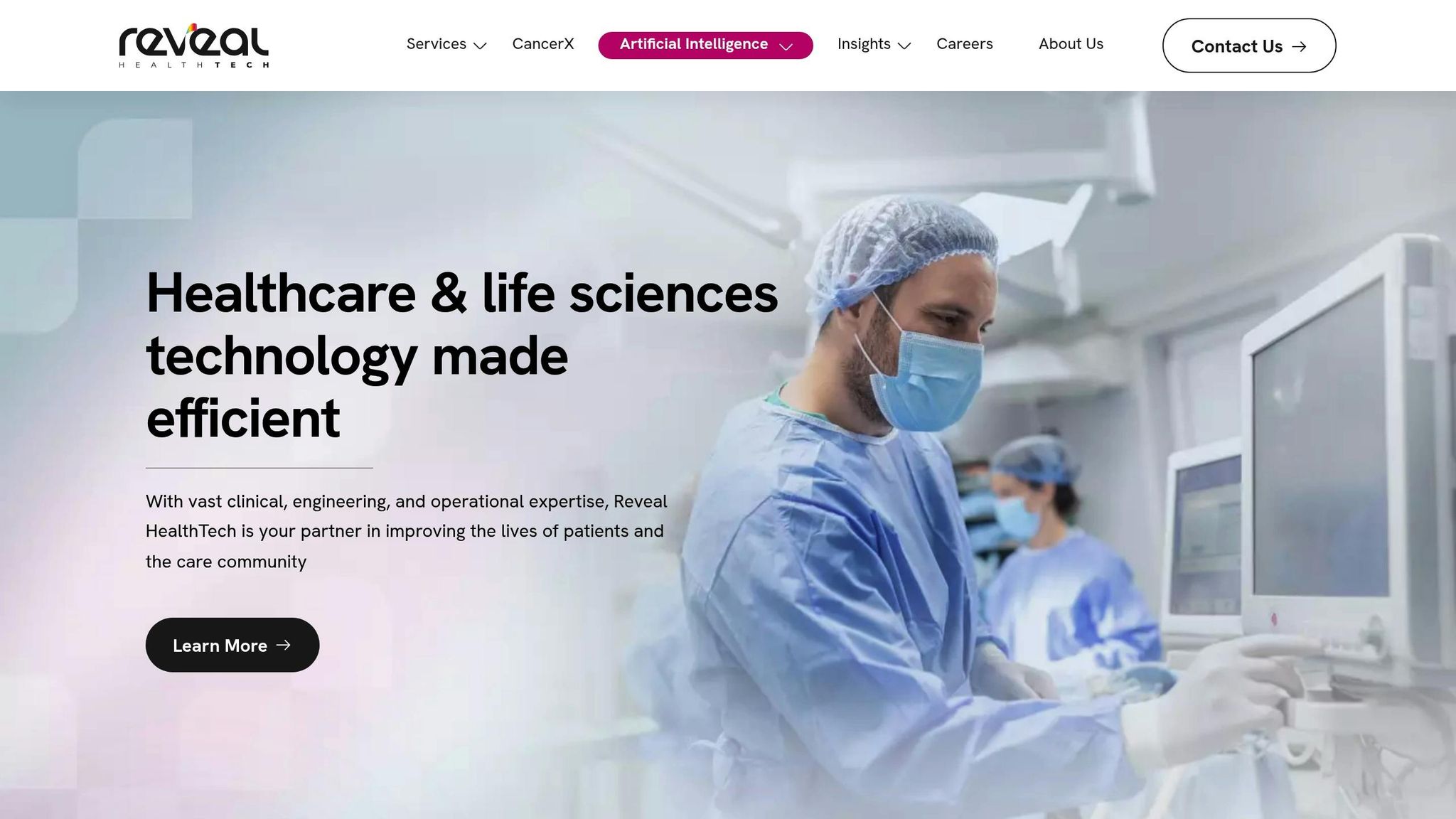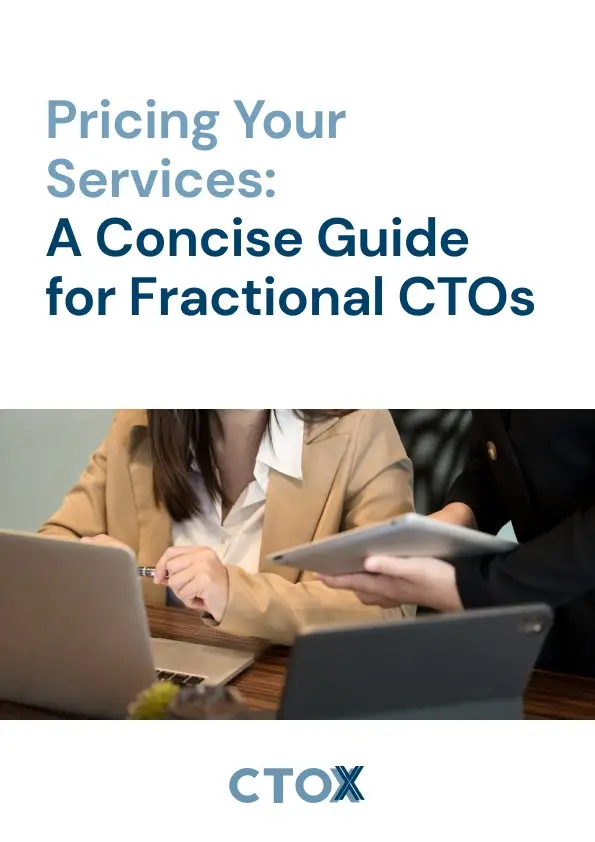70% of innovation projects fail because they don’t align with business goals or operations. But small businesses can succeed by balancing bold ideas with realistic execution. Here’s how:
- Hire a Fractional CTO: Get expert tech guidance for $3,000–$15,000/month, saving over $200,000/year compared to a full-time CTO.
- Start Small: Use a phased approach to test and scale new technologies.
- Audit Regularly: Check infrastructure, team skills, and budget before implementing changes.
Key Results from Case Studies:
- EcoInnovate Manufacturing: Cut waste by 30%, boosted recycling by 50%, and saved 15% on operations.
- TechGrow Solutions: Improved decision-making efficiency by 20% using data analytics.
- HealthTech Dynamics: Launched AI tools while boosting security compliance by 30%.
Takeaway: SMEs can innovate effectively by setting clear goals, aligning tech with business needs, and starting small.
The Journey From Fractional CTO to Full-Time CTO
Case Study 1: TechGrow Solutions’ Data Project
Goals TechGrow Set Out to Achieve
At the start of 2023, TechGrow outlined three clear goals: cut decision-making time by 30%, improve customer satisfaction by 20%, and better use data for strategic purposes.
Navigating Budget and Staffing Challenges
With limited resources, TechGrow leaned on its Fractional CTO to create a step-by-step plan. The strategy included rolling out analytics tools one department at a time and offering focused training to employees.
The Approach That Delivered Results
Under the guidance of the Fractional CTO, TechGrow first tested analytics tools in a single department. This cautious approach allowed them to evaluate the tools’ effectiveness and minimize risks before expanding the initiative across the company.
"The integration of analytics tools has transformed our approach to decision-making, allowing us to be more proactive rather than reactive." – John Smith, CTO of TechGrow Solutions
In just six months, the project delivered tangible results: a 25% increase in how often data was used for strategic decisions and a 20% boost in decision-making efficiency.
TechGrow’s journey shows that even small to mid-sized businesses can adopt advanced technology by prioritizing their core needs and taking a thoughtful, phased approach. The success of this pilot laid the groundwork for more advancements within the company.
Case Study 2: EcoInnovate Manufacturing’s Green Tech Update
EcoInnovate’s Environmental Goals
EcoInnovate Manufacturing aimed to tackle waste costs, energy use, and regulatory compliance. Their plan? Cut waste costs by 30%, increase energy efficiency, and meet stricter environmental standards – all while staying practical and effective.
Setting Innovation Project Priorities
With the help of their Fractional CTO, EcoInnovate took a deep dive into their current processes. This audit highlighted areas that could deliver the most impact without breaking the bank. The focus? Modernizing the waste management system and introducing smarter energy practices. These carefully chosen priorities led to clear, measurable progress.
Step-by-Step Implementation Results
The first big move was overhauling their waste management system. By late 2022, they rolled out a digital tracking solution that completely revamped how they handled waste. The impact was huge:
- 30% reduction in waste disposal costs
- 50% boost in recycling rates
- 15% drop in overall operational costs
- 25% better compliance with regulations
These numbers show how tech-focused changes can bring both financial and environmental gains.
"Our focus on green technology has not only improved our environmental footprint but also resulted in significant cost savings." – John Smith, CTO of EcoInnovate Manufacturing
sbb-itb-4abdf47
Case Study 3: HealthTech Dynamics’ AI Implementation
HealthTech’s AI Development Plans
HealthTech Dynamics set out to revolutionize patient care by introducing AI-driven solutions. Their main goal? Develop an AI-powered patient monitoring tool that improves care quality while adhering to strict data security and privacy standards. The company aimed to streamline patient data management and enhance treatment outcomes, all while staying compliant with healthcare regulations.
Tackling Healthcare Rules and Technical Challenges
Navigating healthcare regulations like HIPAA was no small task for HealthTech. The technical team had to overcome several challenges along the way:
| Challenge Area | Solution Implemented | Impact |
|---|---|---|
| Data Security | Advanced encryption protocols | 30% boost in security compliance |
| Privacy Protection | Secure access protocols | Strengthened patient data protection |
Overcoming these hurdles required a systematic and disciplined approach.
Risk Management and Compliance Plan
HealthTech Dynamics approached their ambitious AI project with a structured risk management strategy:
- Initial Assessment
The team conducted a thorough review of regulations and their existing systems to pinpoint compliance gaps and technical constraints. - Development Framework
To ensure smooth AI integration, they established a compliance-focused team that implemented frequent audits and staff training. This strategy led to a 15% drop in administrative errors and a 25% rise in patient engagement.
"Ensuring compliance is not just about meeting regulations; it’s about building trust with our patients and stakeholders." – John Smith, CEO of HealthTech Dynamics
- Implementation Protocol
HealthTech adopted iterative testing and validation to confirm that every system component met both technical and regulatory benchmarks. By 2022, they launched their AI-powered patient monitoring tool, which not only improved patient care outcomes but also maintained full compliance with healthcare standards.
What SMEs Can Learn From These Innovation Projects
Patterns Across All Cases
The case studies highlight common approaches that successful SMEs use to innovate while staying practical. One standout strategy was phased implementation. Instead of making sweeping changes, these companies introduced new technologies step by step. This gradual approach allowed them to adapt based on real-time feedback and available resources, leading to measurable improvements.
Another consistent takeaway? Strong technology leadership. Each company showed how important it is to align ambitious goals with practical strategies, ensuring that innovation doesn’t outpace operational realities.
Steps SMEs Can Take Now
Here are a few steps SMEs can start implementing based on these insights:
- Audit Current Systems
Regularly review your existing systems to spot opportunities for improvement while keeping your current setup in mind. - Define Measurable Goals
Set clear, specific goals for your technology projects that align with your budget and overall strategy.
These steps can help SMEs align their technology initiatives with their operational capabilities.
"A fractional CTO provides strategic leadership on a part-time basis, collaborating with your existing technology team or managing outsourced functions." – CTOx
Should You Hire a Fractional CTO to Lead Innovation Projects?
Knowing when to bring in specialized leadership can make a big difference. SMEs should consider hiring a fractional CTO when launching innovation projects, tackling complex technical decisions, or trying to make the most of tight budgets. This option offers executive-level expertise without the cost of a full-time hire.
Here’s the math: A fractional CTO typically charges between $3,000 and $15,000 per month, which can save SMEs over $200,000 annually compared to hiring a full-time CTO. It’s a cost-effective way to access high-level guidance without long-term commitments.
With a fractional CTO, businesses gain strategic insights and hands-on experience to navigate technical challenges, ensuring both efficiency and growth.
Conclusion: Next Steps for SMEs
Main Points Review
Our case studies highlight that success in innovation for SMEs hinges on three main factors:
- Strong, Strategic Tech Leadership: Whether through internal teams or fractional leadership, clear guidance is essential.
- Gradual Innovation Rollout: A step-by-step approach allows for real-time adjustments and minimizes risks.
- Optimized ROI on Tech Investments: Ensuring technology aligns closely with business goals maximizes returns.
These principles provide a foundation for navigating future technological advancements.
Future of SME Tech Support
The tech space for SMEs is changing rapidly, shaped by two major trends:
Fractional CTO services are becoming a practical and budget-friendly way for businesses to gain access to specialized expertise. At the same time, SMEs are increasingly using AI, VR, and blockchain solutions tailored to specific operational challenges. Case studies show fractional CTOs are crucial in driving these advancements.
"A fractional CTO offers strategic, visionary guidance and becomes a core part of your leadership team." – CTOx™
With cybersecurity threats growing and digital transformation moving at full speed, having experienced tech leadership is no longer optional – it’s a must for sustainable growth.









